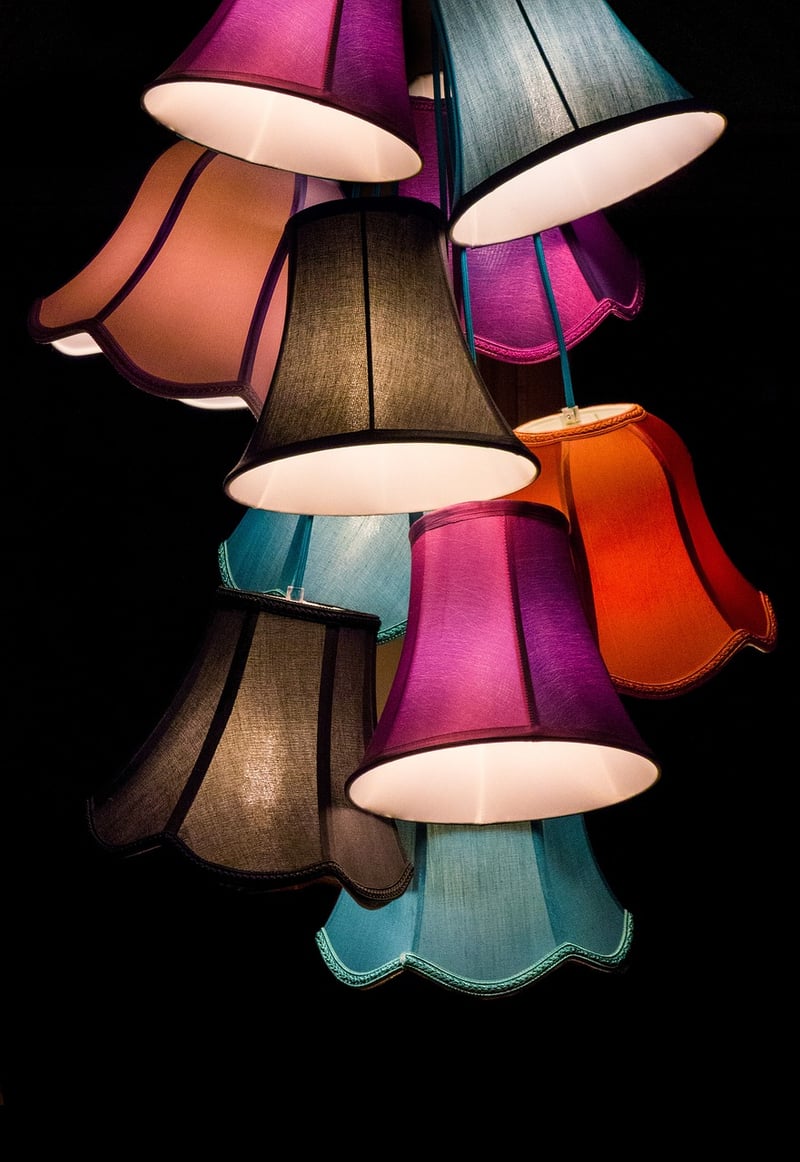Lighting Requirements
Answers to Common Questions About Lighting Requirements
1. What are the basic lighting requirements for a room?
Proper lighting is essential to create a comfortable and functional space. A room should have a mix of ambient, task, and accent lighting. Ambient lighting provides overall illumination, while task lighting is focused on specific areas like reading or cooking. Accent lighting highlights decorative features.
2. How do I determine the right bulb wattage for a room?
The wattage of bulbs depends on the size of the room and the desired brightness. As a general rule, multiply the room's square footage by 1.5 to get the total wattage needed. For example, a 100-square-foot room would require 150 watts of lighting.
3. What are the different types of light bulbs available?
There are several types of light bulbs to choose from, including incandescent, LED, and CFL. Incandescent bulbs are traditional but less energy-efficient. LED bulbs are long-lasting and energy-efficient. CFL bulbs are also energy-efficient but contain mercury and require proper disposal.
4. How can I improve natural lighting in a room?
To enhance natural lighting, consider using light-colored walls and curtains to reflect light. Position mirrors strategically to bounce light around the room. Keep windows unobstructed and clean to allow maximum light to enter.
5. Are there specific lighting requirements for different rooms?
Yes, different rooms have unique lighting needs. For example, kitchens require bright task lighting for cooking, while living rooms benefit from a mix of ambient and accent lighting for a cozy atmosphere. Bedrooms may need adjustable bedside lamps for reading.
6. How can I make lighting more energy-efficient?
To make lighting more energy-efficient, consider switching to LED bulbs, which consume less energy and last longer. Use dimmer switches to adjust light levels based on need. Additionally, turn off lights when not in use to save energy.
7. What role does lighting play in interior design?
Lighting is a crucial element in interior design as it can enhance the mood and functionality of a space. Well-planned lighting can highlight architectural features, create focal points, and establish a specific ambiance in a room.
Lighting Requirements Infographic:

For more information on lighting requirements and how to optimize the lighting in your space, consult with a professional lighting designer to create a custom lighting plan tailored to your needs.
Remember, proper lighting not only illuminates a room but also sets the tone and enhances the overall aesthetics of your living or working environment.
